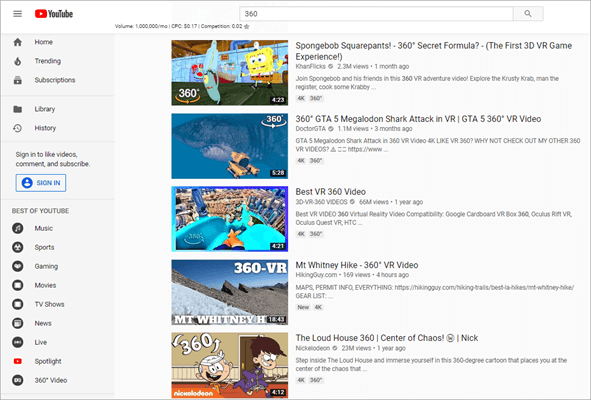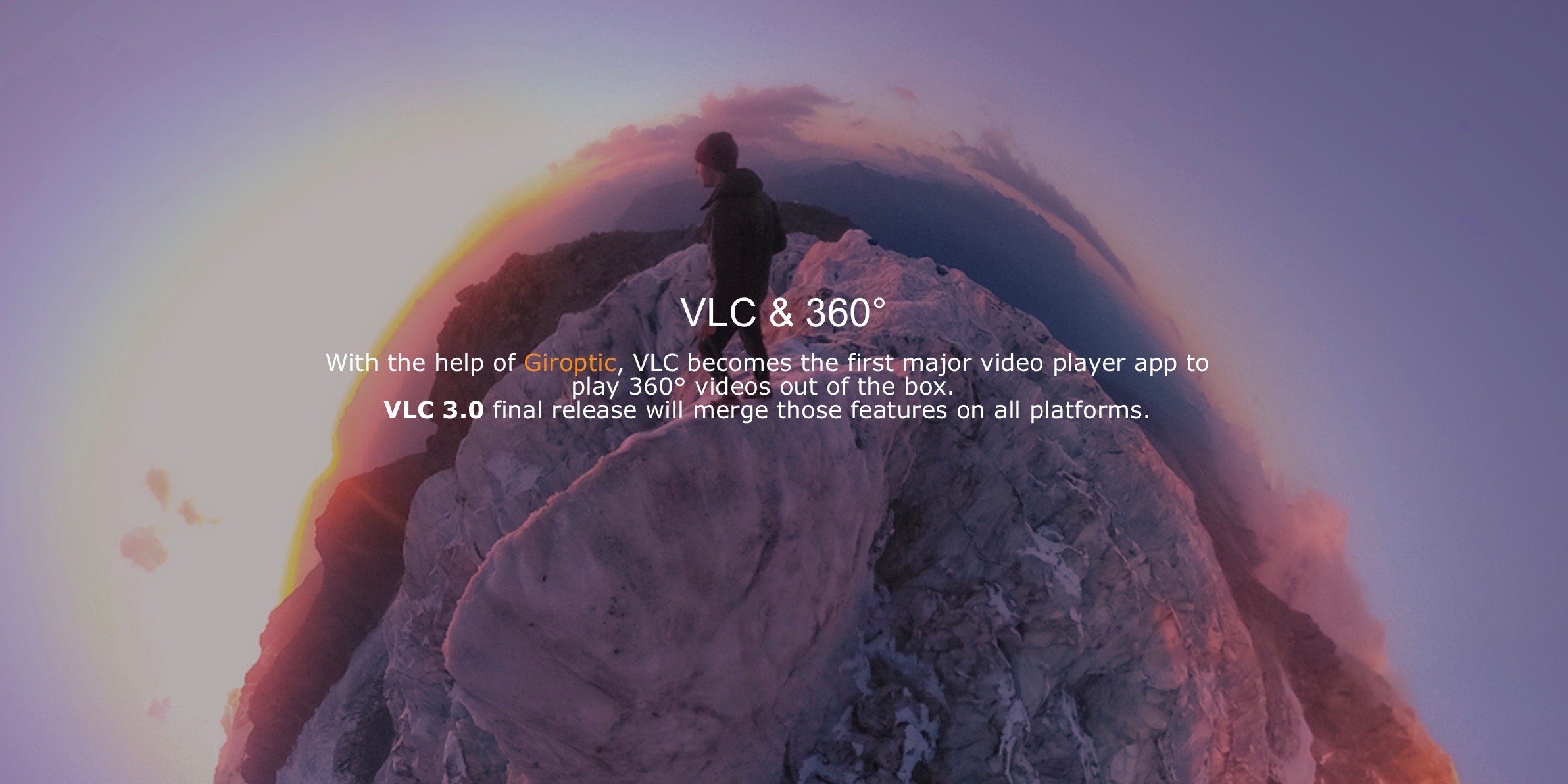

HTML5 Video360 Viewer can be used both in popup mode using production-ready HTML page provided with IS-Viewers or in embedded mode, where it is integrated into target web page using documented API.Ĭonfiguration and skinning are similar to that of the other viewers described in this guide. HTML5 Video360 Viewer represents a main JavaScript file and a set of helper files (a single JavaScript include with all HTML5 Viewer SDK components used by this viewer, assets, CSS) downloaded by the viewer in runtime. On systems that do not support HTML5 streaming the viewer falls back to HTML5 progressive video delivery. The Video360 Viewer uses HTML5 streaming video playback in HLS format in its default configuration whenever the underlying system supports that. The viewer supports optional social sharing tools.

The viewer is designed to work on both desktop and mobile Web browsers that support HTML5 video. The viewer is designed to work with 360 video only an attempt to play a non-360 video results in distorted video playback. The recommended aspect ratio for 360 video is 2:1. The viewer also supports working with progressive video and HLS streams hosted on external location. Both single video and Adaptive Video Sets are supported. It showed off games and digitally created virtual worlds-a gothic hall where a 3-D dinosaur turns the corner and walks toward you, a city street where soldiers of the future battle some sort of angry robot.The HTML5 Video360 Viewer is a 360-degree video player that plays streaming and progressive 360 video encoded in the H.264 format, delivered from Dynamic Media Classic or from Adobe Experience Manager, Dynamic Media.ģ60-degree videos, also known as immersive videos or spherical videos, are video recordings where a view in every direction is recorded at the same time, shot using an omnidirectional camera or a collection of cameras. At today's conference, Facebook began demonstrating the Oculus and the Samsung Gear VR for conference attendees and press, and the demo did not involve video. Video will likely play a role in our VR future, Blau tells WIRED, but in the beginning, the Oculus and the Samsung Gear VR will be used primarily for games. And he adds that similar videos can already be uploaded to services like YouTube. "Is this for consumer creators or professionals?" Blau asks. Plus, as Gartner analyst Brian Blau points out, the specialized hardware needed to produce these videos will limit how prevalent they are. That will limit how "immersive" it will be. It runs inside standard browsers and on standard phones. The difference with the "spherical video" demonstrated by Zuckerberg is that it doesn't require a headset. Much like Google, with its Google Glass eyewear, and Microsoft, with its HoloLens headset, Facebook believes the future internet will rely heavily on virtual reality and "augmented reality"-where the digital enhances what we see around us here in the real world. Last year, Facebook acquired the maker of the Oculus Rift, a headset built for VR games, and chief technology officer Mike Schroepfer is expected to discuss the progress of the Oculus during his keynote tomorrow. "You're going to be able to put on your Oculus headset," Zuckerberg said, "and view spherical videos there too." The company describes its spherical videos as a "first step" toward even more immersive videos that we'll view through virtual reality headsets like the Oculus Rift, which straps over your eyes and provides the illusion of stepping inside a digital environment. The move is a small taste of how Facebook plans to move into the world of virtual reality in the months and years to come.


 0 kommentar(er)
0 kommentar(er)
